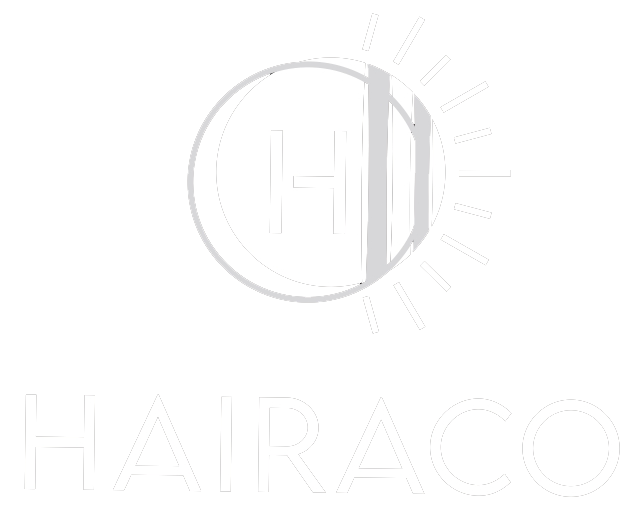Understanding the Role of Hair Foil Size in Application Speed
The process of applying hair color is an intricate one that involves a variety of techniques and tools. Among these tools, hair foils play a crucial role in achieving the desired look, particularly for techniques such as highlighting, balayage, and lowlighting. However, not many clients (or even stylists) consider how the size of hair foils can influence the speed and efficiency of the application process. This article aims to shed light on how different foil sizes affect the speed of hair color application, providing key insights for both professionals and clients.
The Basics of Hair Foils
Hair foils are thin sheets of aluminum used to separate sections of hair during the coloring process. They serve multiple purposes: isolating sections to prevent color bleeding; ensuring even distribution of color; and aiding in the development of the color by trapping heat. Typically, these foils come in various sizes—ranging from small 4 x 5 inches to larger 8 x 10 inches and even custom lengths cut from rolls.
Small Foils: Precision with a Trade-Off
Small foils, typically measuring around 4 x 5 inches, are perfect for detailed work and intricate designs. They’re often used for creating fine highlights or working on short hair. The primary advantage of smaller foils is that they allow for high accuracy, making them ideal for detailed tasks like root touch-ups or precision lowlights.
However, the downside is that they generally require more time for the same amount of hair coverage compared to larger foils. The stylist needs to pick up more sections and wrap each one separately, which can be time-consuming. Therefore, while these small foils can provide more precise results, they may slow down the overall application process, particularly if the client requires extensive coverage.
Medium Foils: Balance and Versatility
Medium-sized foils, often around 5 x 8 inches, offer a balance between precision and speed. They are versatile enough to handle both detailed work and larger sections, making them a popular choice among stylists. Using medium foils can significantly speed up the process compared to small foils, as each foil can cover a larger amount of hair.
These foils are especially useful for standard highlighting or lowlighting where a balance of speed and accuracy is required. Therefore, they often serve as a go-to for many professionals, providing an effective balance between detailed application and time efficiency.
Large Foils: Maximum Coverage, Enhanced Speed
Large foils, such as those measuring 8 x 10 inches or larger, are designed for maximum coverage and speed. These foils are particularly useful for full-head coloring techniques, balayage, and larger highlight sections. The key benefit here is the ability to cover more hair with fewer foils, which drastically speeds up the application process.
However, large foils can be more challenging to manage and may require more skill to ensure even coverage and prevent color bleeding. Despite this, experienced stylists find that the trade-off in speed and efficiency is worth the effort, particularly for clients looking for extensive hair coloring services.
Choosing the Right Size: A Matter of Skill and Need
Ultimately, the choice of foil size depends on a combination of the stylist’s skill level and the specific needs of the client. For detailed work, smaller foils might be the best option, despite the slower application speed. For more extensive coloring services, larger foils will undoubtedly expedite the process, albeit requiring careful handling. Medium foils offer a versatile middle ground, providing a balanced approach to both precision and speed.
By understanding the implications of foil size on application speed, stylists can better tailor their techniques to meet the needs of their clients efficiently and effectively. Knowledge of how each foil size impacts the application process can improve both the speed and quality of the color treatment, leading to enhanced client satisfaction.

